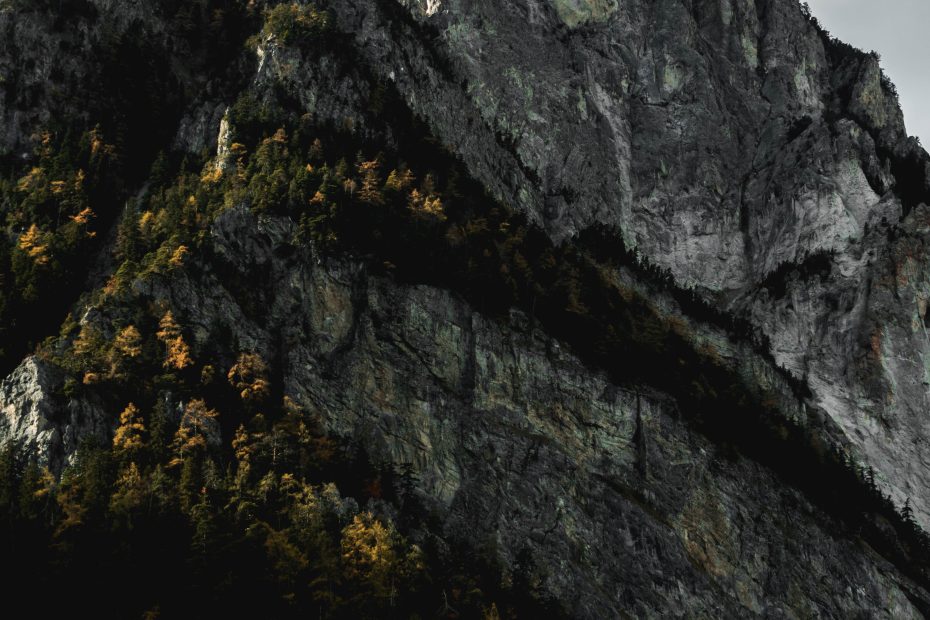Table of Contents
Introduction
Nestled within the Dinaric Alps along the Miljacka River lies Sarajevo, the capital and largest city of Bosnia and Herzegovina. With a long and vibrant history, this enchanting city offers visitors a captivating blend of Eastern and Western cultures.
First established in the 15th century, Sarajevo became well-known for its religious diversity, with Muslims, Catholics, Orthodox Christians and Jews all living together relatively harmoniously. The city continued to develop under the rule of the Ottoman and Austro-Hungarian empires, leaving behind unique architectural treasures. While the Bosnian War of the 1990s left scars, Sarajevo has largely recovered and retains its magnetic, dynamic spirit.
Key Attractions
No trip to Sarajevo is complete without exploring the magical Old Town area known as Baščaršija. This historic Ottoman quarter delights visitors with its winding cobblestone streets, colorful architecture, and lively cafés and handicraft shops. Sip strong Bosnian coffee as you people-watch in one of Baščaršija’s many patio cafés. Or peruse the stacks of handmade copperware, jewellery, and embroidered goods at the bazaar.
Rising majestically above Baščaršija is the stunning Sarajevo City Hall (Vijećnica), constructed during Austro-Hungarian rule. With elaborate neo-Moorish design and soaring clock tower, this structure exemplifies Sarajevo’s intersection of East and West. Though damaged by shelling in the 1990s, Vijećnica was painstakingly restored and houses Sarajevo’s National Library today.
No visit to Sarajevo is complete without seeing the elegant 16th-century Bascarsija Mosque, one of the most recognizable Ottoman structures in the city. While its minaret and exterior stone façade are original, the mosque was recently refurbished after the war. Don’t miss seeing the elaborate paintings inside.
A key site of remembrance is the Latin Bridge over the Miljacka River, where Archduke Franz Ferdinand of Austria was assassinated in 1914. This fateful event, of course, precipitated World War I. Today a modest commemorative plaque honoring the Archduke marks the spot.
To understand Sarajevo’s more recent past, head to the fascinating Sarajevo Tunnel museum. This tunnel was constructed under the airport runway during the Bosnian War to bring food and supplies into the city while it was under siege. Walking through a portion of the cramped, subterranean tunnel provides perspective into Sarajevans’ lives during this era.
Several excellent museums in Sarajevo also warrant a visit. The Historical Museum contains the “Sarajevo Haggadah,” a precious 14th-century Jewish manuscript. The innovative War Childhood Museum recounts children’s experiences in the Bosnian War through exhibits of personal belongings and video testimonies. The Art Gallery of Bosnia and Herzegovina features the country’s top creative talents.
Culture
Sarajevo boasts a unique culture influenced by its blending of Muslim, Jewish, Orthodox and Catholic traditions over the centuries. The cuisine reflects these myriad influences, with dishes like the minced-meat Ćevapi, flaky burek pastries stuffed with meat or cheese, and Turkish-inspired sweets like baklava.
Festivals spotlighting Sarajevo’s culture also attract visitors. The popular Sarajevo Film Festival in August showcases over 250 premieres by talents from Southeastern Europe and beyond. In June, Baščaršijske Noći offers 10 days of concerts, art, and literary events around Old Town.
Nature and Outdoors
Sarajevo provides ample opportunities to experience nature and the great outdoors. For panoramic city views, ride the cable car up to the top of Trebevic Mountain, where hiking trails also await. Or visit Vrelo Bosne to see the country’s largest natural spring, which feeds into a serene park on the outskirts of Sarajevo.
Conclusion
With its alluring blend of history, culture, and nature, Sarajevo casts a spell on visitors. Walking the winding lanes of Old Town, savoring Ottoman-influenced cuisine, and learning about the city’s past all make for an unforgettable travel experience. If you seek a European destination that goes beyond just the usual sights, then Sarajevo will enchant you.
Frequently Asked Questions
What is the best time of year to visit Sarajevo?
Late spring through early fall provides ideal weather, with comfortably warm temperatures and lower chances of rain. Summer is peak season. Winters are quite cold with snow.
What language do they speak in Sarajevo?
The main language is Bosnian, which is very similar to Croatian and Serbian. Most people also speak some English in the tourist areas.
What is Bosnian food like?
Bosnian cuisine shows strong Turkish and Middle Eastern influences, along with elements from Slavic and Central European cooking. Grilled meat, including the Ćevapi sausage, is very popular. Typical dishes include burek pastries, dolmas, soups, and stuffed vegetables.
What should you wear when visiting mosques in Sarajevo?
Women should cover their heads with scarves when visiting mosques in Sarajevo. Both men and women need to dress modestly, with no shorts or sleeveless tops. Visitors can borrow scarves to wear inside. It’s also recommended to take off your shoes.
What souvenirs are unique to Sarajevo?
Popular souvenirs include traditional Bosnian coffee sets, copperware, embroidered goods, woolen slippers, jewellery featuring filigree and beads, carved woodwork, traditional Bosnian hats, and ceramics. The Old Town bazaar area offers the best selection.
